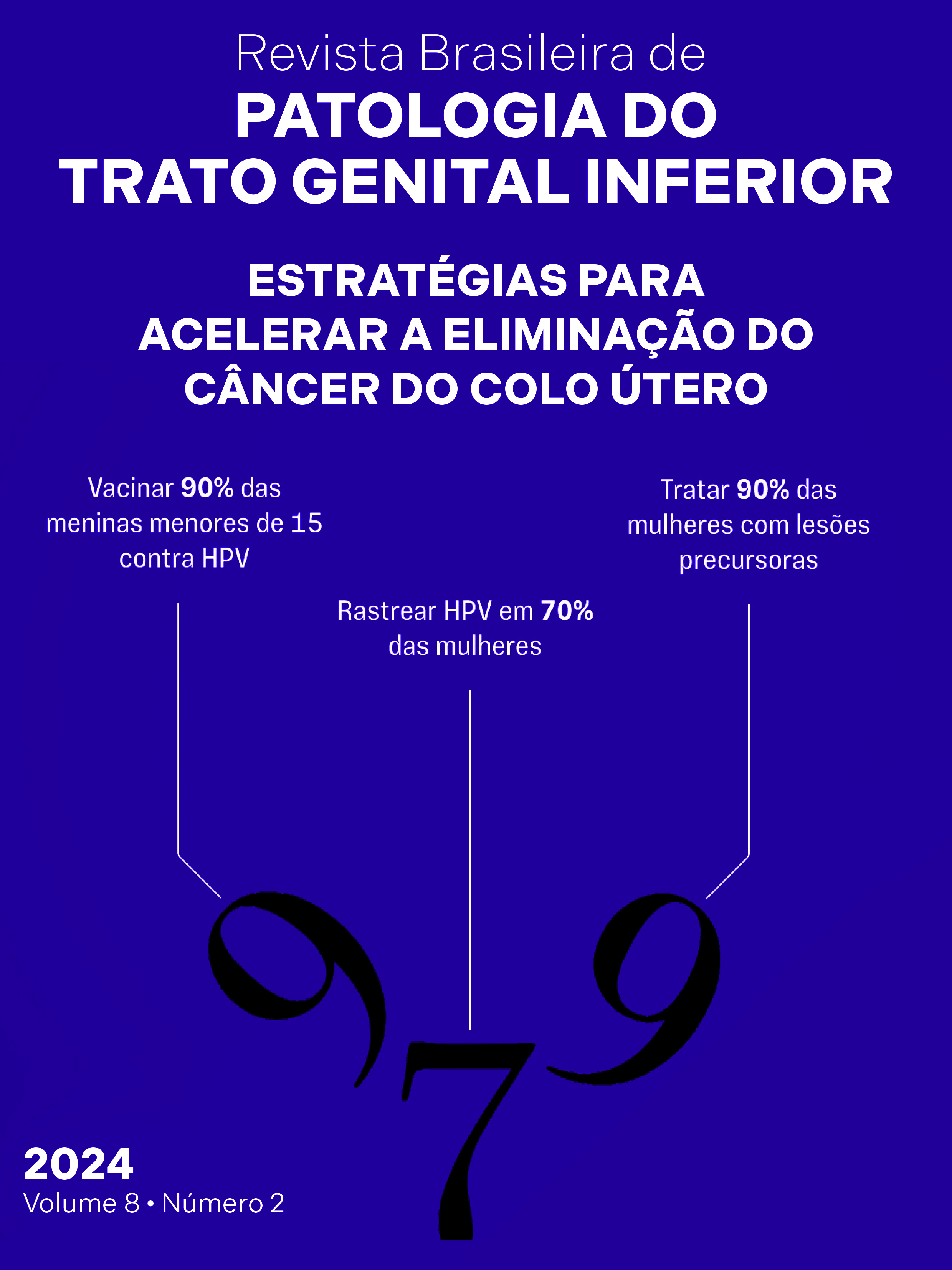Vulvar cancer – clinical aspects and treatment
DOI:
https://doi.org/10.5327/2237-4574-2024820016Keywords:
vulvar cancer, vulvectomy, lymphadenectomyAbstract
Vulvar cancer is a rare disease, accounting for 3 to 5% of malignant gynecological neoplasms. It affects mostly elderly and low-income women. The most common histological type is squamous cell carcinoma (80 to 90%), followed by melanoma, sarcoma, and basal cell carcinoma. It is important to emphasize that there is no screening for vulvar cancer, and the diagnosis is made through histopathological study, i.e., biopsy of suspicious vulvar lesion. In recent years, many changes have been made in relation to the treatment of vulvar cancer: more conservative surgery, that is, a less radical and more individualized approach, and sentinel lymph node investigation, followed by better psychosexual results. In advanced cases of the disease, concomitant chemotherapy and radiotherapy are indicated.
References
American Cancer Society. Cancer facts and figures 2024 [Internet].
[acessado em 28 nov. 2024]. Disponível em: https://www.cancer.
org/content/dam/cancer-org/research/cancer-facts-and-statistics/
annual-cancer-facts-and-figures/2024/2024-cancer-facts-andfigures-acs.pdf.
Brasil. Instituto Nacional de Câncer. Estimativa 2023: incidência de
câncer no Brasil. Rio de Janeiro: INCA; 2022.
Kang YJ, Smith M, Barlow E, Coffey K, Hacker N, Canfell K. Vulvar
cancer in high-income countries: Increasing burden of disease. Int J
Cancer. 2017;141(11):2174-86. https://doi.org/10.1002/ijc.30900
Creasman WT, Mutch DG, Mannel RS, Tewari KS. DiSaia and Creasman
clinical gynecologic oncology. 10th ed. Philadelphia: Elsevier; 2023.
Del Pino M, Rodriguez-Carunchio L, Ordi J. Pathways of vulvar
intraepithelial neoplasia and squamous cell carcinoma. Histopathology.
;62(1):161-75. https://doi.org/10.1111/his.12034
Merlo S. Modern treatment of vulvar cancer. Radiol Oncol.
;54(4):371-6. https://doi.org/10.2478/raon-2020-0053

